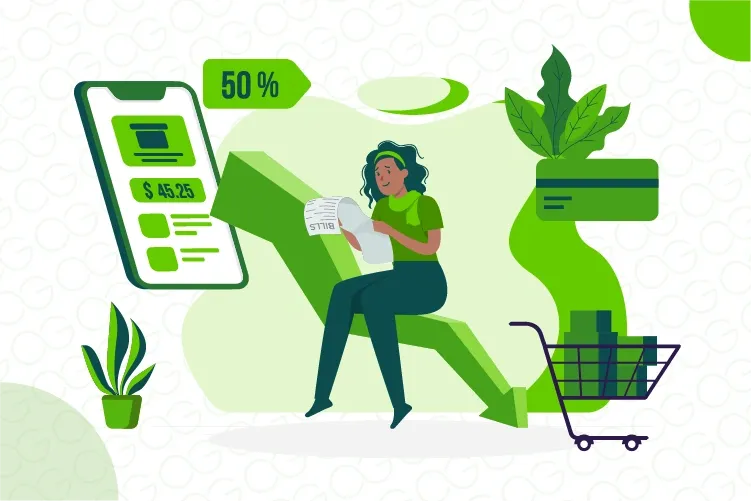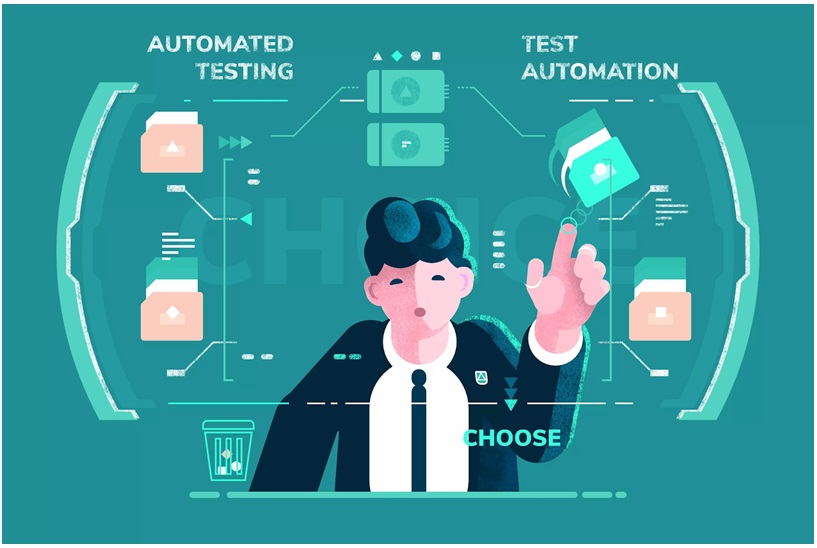In e-commerce, cart abandonment is a costly fact of life, with nearly 70% of online shopping carts abandoned. Out of every ten customers starting a purchase, just three will complete the process. It leads to tens of billions of dollars being lost in revenue annually due to abandonments. Despite the significant amount of time and money that businesses spend on email marketing and user experience design, trying to reengage these consumers, one of the most effective—and least used—approaches involve reaching out to them directly via SMS or messaging apps using a virtual mobile number.
Why Cart Abandonment Happens
So, understanding the reasons for cart abandonment Surprise costs, such as expensive shipping rates, have led many shoppers to abandon their carts. Some are annoyed with complex checkout processes or simply do not want to register to place one order. Others might have concerns related to the payment process or would like to have more time to compare products. Often, they just get distracted and never come back. Those rarely have to do with product dissatisfaction and everything to do with friction, certainty and timing. This is why timely and direct communication can make all the difference.
Virtual Mobile Numbers - What Are They?
Definition of virtual mobile number: For those unfamiliar with the term, a virtual mobile number is a cloud-based telecom number that is not associated with a specific SIM card or physical location. They Are Used by Businesses for Messaging, Call Flow Management and Regional Communication Between Customers. These numbers can be integrated with messaging platforms like SMS or WhatsApp for the ability to reach customers around the globe while remaining localized. Scalable, flexible and enables customized customer engagement without reliance on telecom systems
Targeted Outreach That Drives Conversions
Let’s say there is a customer that adds a $100 item to the cart and checks out but doesn’t end up buying it. They then get a text a few hours later saying, ‘Hi Jamie, you left your wireless earbuds in your cart. Need assistance completing your order? Here’s 10% off just for you.” Not only is this type of message relevant, it is also sent through a channel with an astonishingly high open rate. People read SMS messages in minutes, which makes it much more powerful in visibility and response time than email. Virtual mobile numbers enable such personalized and timely outreach to be executed easily and at scale, by organizations of any size.
Localized Messaging: Establishing Trust
The ability to use local area codes is one of the advantages of virtual mobile numbers. It does wonders for building immediate credibility and familiarity. A customer is way more receptive to a message that seems to be coming from a local number in their area. This little thing can cut down perceived risk and boost customers coming back for abandoned carts. Virtual numbers allow for a local presence, wherever you are, whether it is a single city or a global operation, all in a unified dashboard.
Now Moving ta o Detailed Conversation
The difference between virtual number outreach and traditional cart recovery emails is that it creates an opportunity for a two-way dialogue between you and your shopper. Unlike traditional retargeting emails that remind users to check out, these messages invite users to interact with the brand. An example can be a customer responding to inquire about the delivery schedules or other specifications of the product. They may come back hesitant or uncertain. These interactions become an opportunity for the business to make it right, address the concern, answer a question, or build trust—if they can respond quickly enough. That kind of direct support can be the difference between a customer buying or not.
Automating With a Human Touch
Using a Virtual mobile number can also add a personal touch to the automation. For example, smarter CRM or e-commerce platform integration means messages can be triggered by more specific behavior’s: cart abandonment, time on the checkout page, and more. You can customize these emails with the consumer’s name, specific product abandoned and even an individual discount code. They still have a human, relevant, and purposeful tone and structure while being automated. And this kind of efficiency, when paired with empathy, cannot be ignored.
Edge Strategies: Respectful of Customer Space
Direct outreach is a great weapon but requires caution and care. When customers check out or create an account, they should be given the opportunity to opt in to receive messages. To be clear, any outreach has to be compliant with the TCPA in the U.S. or GDPR in Europe. Messages should not be too respectful. One to two messages over a 24 to 48-hour window is typically sufficient. Too much messaging results in opt-outs and even worse damage to the trust you are trying to establish.
Perfecting the Timing & the Personal Touch
Cart recovery, the devil is in the timing. When there is still intent to buy, it is recommended to send the first reminder within the first hour after abandonment. If there is still no action, send a follow-up 48 hours later, perhaps offer a discount on future purchases, free shipping, etc., to spark interest as much as keyword search works, personalization does too. Write the first name like “Hey, Mark…” and then give the specific product that has the abandoned cart. This gives the feel that the message has been crafted rather than sent on a large scale, thus increasing the probability of receiving a reply to your emails.
Practical Applications of Virtual Numbers
Those who have made use of virtual number outreach in retailers have noticed measurable advancements. For instance, one fashion brand managed to increase their cart recovery rate from 8% to 18% simply by sending SMS reminders via virtual mobile numbers. These messages worked not simply to close the sale, but to answer follow-up questions to provide personalized service in situations where the sale could have been lost. We would upsell through those interactions, leading to happier customers and improved lifetime value.
To Develop Its Foundational Infrastructure
Essential Elements to Start Using Virtual Mobile Numbers Firstly, a business should select a service provider who will give a reliable virtual number service like– Twilio, Plivo, Nexmo etc. Then the business has to integrate these services with the e-commerce platform it uses, be it Shopify, Magento, or WooCommerce. Lastly, you need to set up your automation tools to send messages in accordance with your customers’ real-time activity so you can reach out at just the right time, automatically. It’s easy to set up but can be hugely lucrative.
Final Words on Converting Abandoned Carts to Sales
Cart abandonment is no lost cause, it is a problem with a solution. Virtual mobile numbers allow e-commerce businesses to communicate their message at the right time and in the most impactful manner. These messages connect with customers in the moments they are most active, provide a space to have an authentic conversation and work to regain trust when uncertainty sets in. Weaving together automation with empathy, technology with timing, and personalization with precision allows brands to not only recover more carts but also to buy deeper, longer-lasting relationships. In an over-saturated digital marketplace, it can only take that one perfectly placed message to jump-start a conversion from consideration into action.








